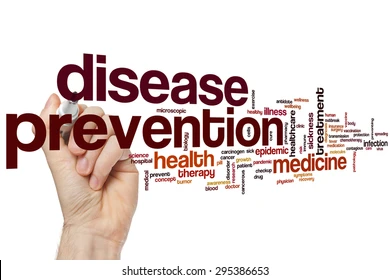Reply 2 (Disease Prevention)
Your discussion is fascinating and informative! I support your claim that the current healthcare reforms prioritize disease prevention over cure paradigms. One of the main points I picked from your discussion is that regular medical checks ups, vaccinations, and screening are suitable disease prevention measures, especially for people at high risk of developing certain diseases (Leidner et al., 2019). I agree with you that one of the ways that the healthcare care sector can continue with the prevention trend is by providing public education (Disease Prevention).

Disease prevention allows people to lead healthy lives to avoid the harmful effects caused by diseases while saving on treatment costs. Nurses should offer evidence-based solutions to educate the public on preventing healthcare. Therefore, nurses encourage regular screening and adopting healthy lifestyles through regular physical activity, healthy diet, and avoiding drug abuse (Ayaz‐Alkaya et al., 2020). Besides education, the healthcare sector should conduct community programs to improve access to care and identify high risks individuals.
References
Leidner, A. J., Murthy, N., Chesson, H. W., Biggerstaff, M., Stoecker, C., Harris, A. M., … & Bridges, C. B. (2019). Cost-effectiveness of adult vaccinations: A systematic review. Vaccine, 37(2), 226-234.
Ayaz‐Alkaya, S., Terzi, H., Işık, B., & Sönmez, E. (2020). A healthy lifestyle education program for health literacy and health‐promoting behaviors: A pre‐implementation and post‐implementation study. International Journal of Nursing Practice, 26(2), e12793.
Reply 3
Your discussion is educative and engaging! I concur with your argument that disease prevention has effectively curbed chronic illness. I liked that you brought up the aspect of chronic illnesses as they have been linked with reduced healthcare outcomes and affected individuals’ quality of life, not to mention the financial costs incurred (Holman, 2020). Collaboration between healthcare providers and community health programs will propel preventative care trends forward. Notably, the nurse should be involved in all levels of prevention (Disease Prevention).
In primary prevention, nurses prevent the onset of a disease in the community by promoting positive health behaviors. Secondly, secondary prevention fosters early disease detection and management of controllable risks. Finally, in tertiary prevention, nurses assist the patients in executing their care plans and provide modifications crucial to improving the quality of life. Therefore, healthcare reforms should prioritize primary prevention as the most economical method to improve healthcare outcomes (Kisling & Das, 2021).
References
Holman, H. R. (2020). The relation of the chronic disease epidemic to the health care crisis. ACR open rheumatology, 2(3), 167-173.
Kisling, L. A., & Das, J. M. (2021). Prevention strategies. In StatPearls [Internet]. StatPearls Publishing.
